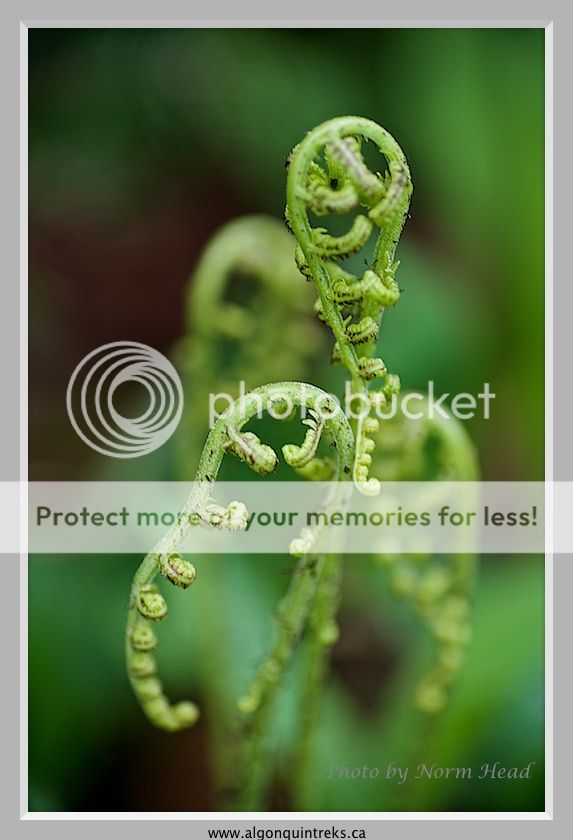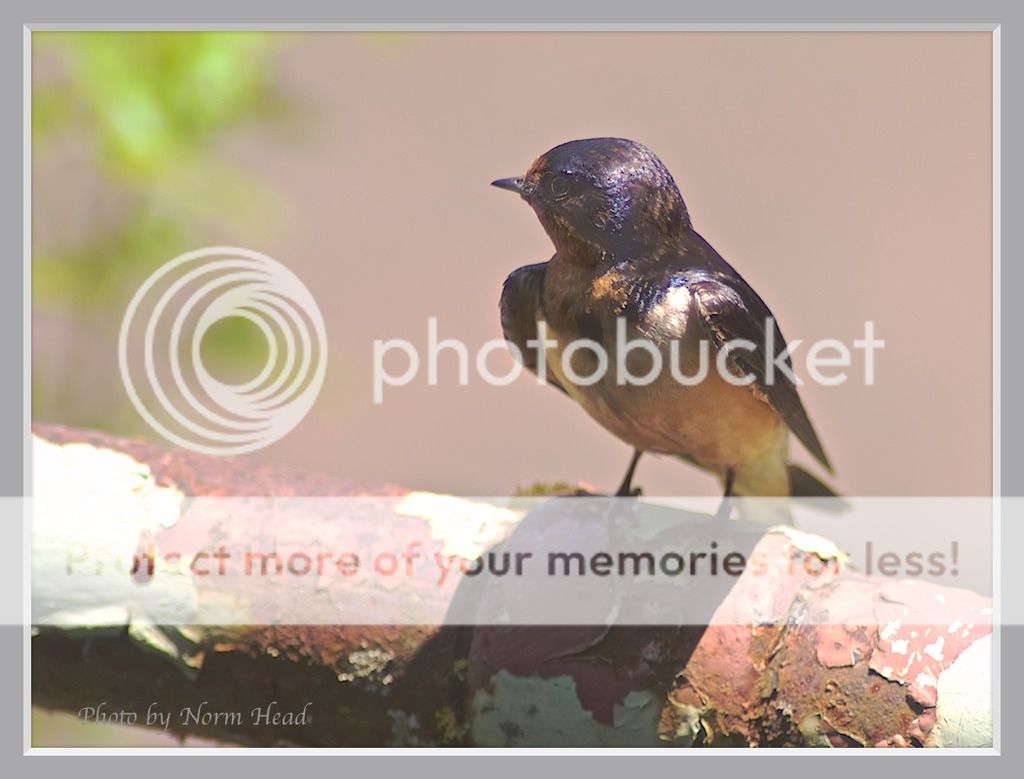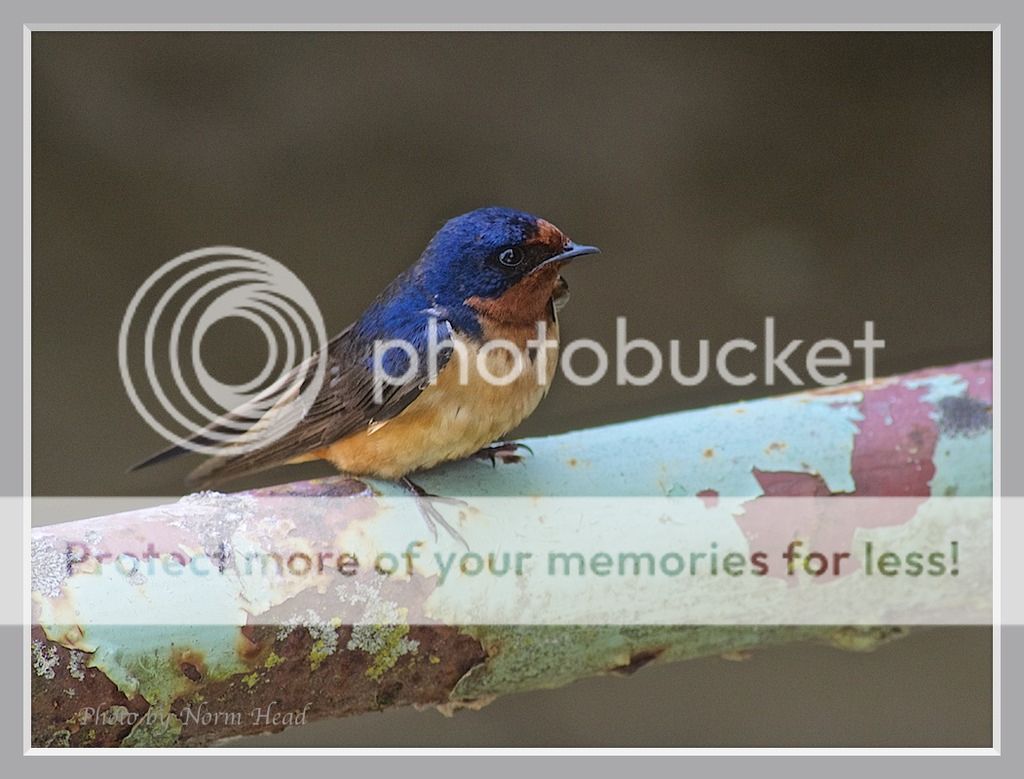Every thing is like walking into a studio back in school that was just used by someone else. WHat's in the way that I don't want in my picture. For flowers, where can I find a flower in front of shadow for image separation. There are fools in this world born of modern generations who honestly believe a narrow depth of field is the only way to achieve image separation. It isn't true.
Using a black or white background is better. You can still use ƒ 11 or more to get the most depth of field on your subject and have just as good separation, if not better than using a wide aperture and a blurred back ground. Seriously, using narrow DoF for subject isolation is a hack move to some of us.
SO where are the acceptable backgrounds is the first matter of consideration. Then where is the best angle to take advantage of that background.
Next up, aligning the focal plane with the parts of the subject you want in clear focus. Again a serious disagreement between the Stieglitzer and the ƒ64 clubs on this issue. I've seen many photos where one little bug is in focus and every thing else is blurry. Some people even think that's good photography. Personally, I've seen maybe a half dozen images where it sort of worked, and host of images that would have been better with more DoF.

In the image above, I've aligned the camera so the film plane is parallel to the features I'm trying to show. Once you have the film plane aligned as I want, check and make sure you still have that dark background.
These are small plant parts but the approach in portraiture is the same. Control your back ground. Can't control enough of the back ground? Can you back up and use a longer lens? At least make it less messy.
At the same time you're dealing with these issues, possibly the first thing you check, where is your light coming from and do you want high contrast direct or diffused. Or high contrast with diffused fill light,
Direct sun slightly backlit.. hard light

Diffused light, shadow "soft" light.

Same bird a half hour later. Where the light is, is hugely important to the final outcome.
I don't use distance scales, too much aggravation. If I'm unclear on how much DoF I'm going to want, I shoot multiple exposures. Wide open, ƒ 4 ƒ5.6 ƒ11 or some variation thereof. There have been so many times the image I ended up liking was not the image I would have had had I messed about with some paper calculations I won't even entertain the thought of doing multiple exposures. You won't ever learn anything if you work out every thing on paper and take only that exposure. You won't learn from the times you are wrong, when you thought narrow DoF was appropriate but actually ƒ22 is the best image.
IN areas of very high dynamic range, bracket your exposures. You can't tell from the histogram and back screen if you have what you want although very often my original setting is the best based on the histogram. Sometimes the perfect exposure for the scene is a stop more or a stop less.
I'm sure lots of other folks have a different perspective, and many can probably mention things I do but didn't think of. But anyway, that's a start.
its really hard to describe this because much of it has been done for so long it's unconscious. It's like a baseball player analyzing his swing, what he's thinking about when he's swinging. He can talk about what he thinks about it, but without video it's really hard for him to know what he's doing. He just knows what because of his own idiosyncrasies he has to think to get it right.
The things he does naturally, he doesn't have to think about. But, he also can't explain how he does them to anyone else, just because he never had to think about them. Part of the reason natural athletes rarely make good coaches. Natural photgrpahers probably don't make good teachers. Find a teacher who really struggled to become proficient.
Last edited by normhead; 06-20-2017 at 12:52 PM.


 Similar Threads
Similar Threads 























